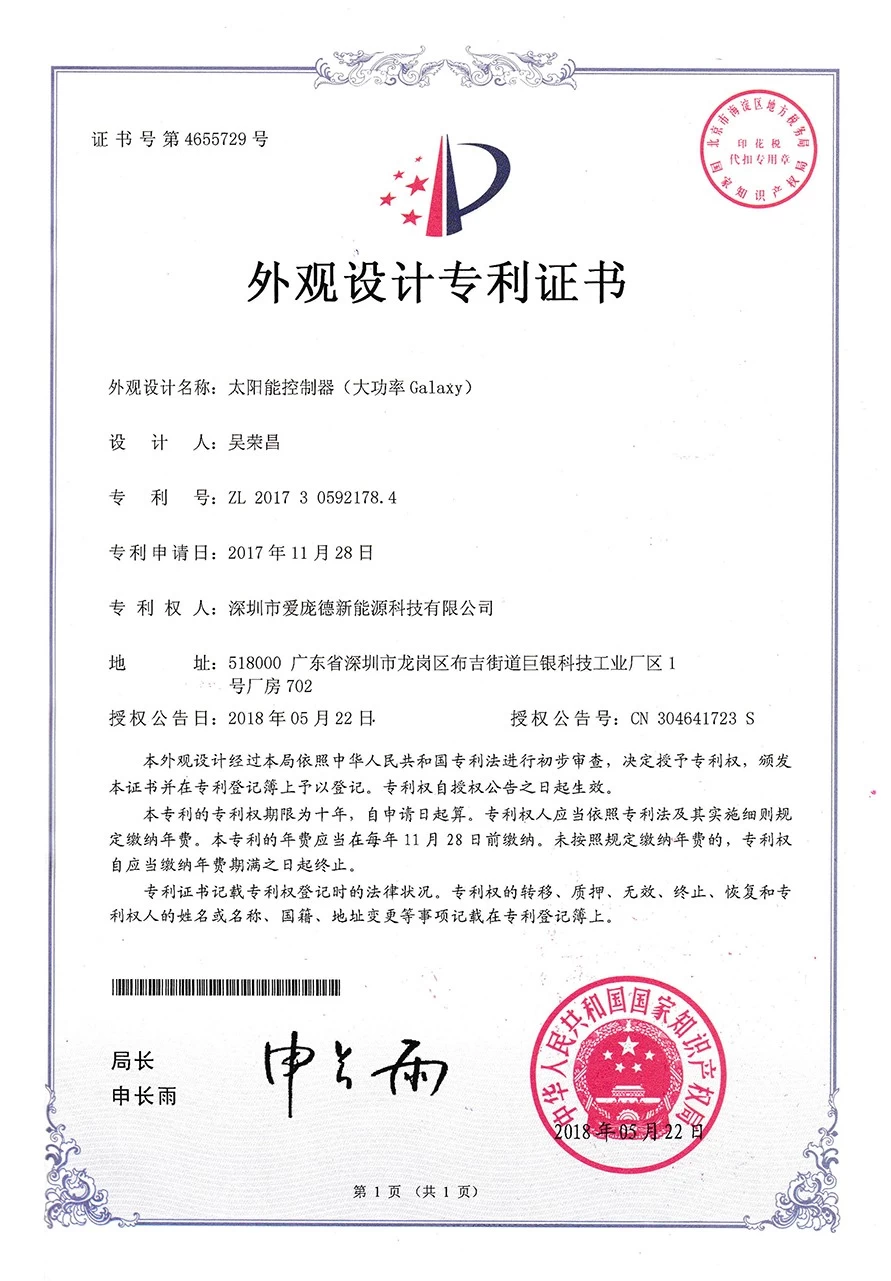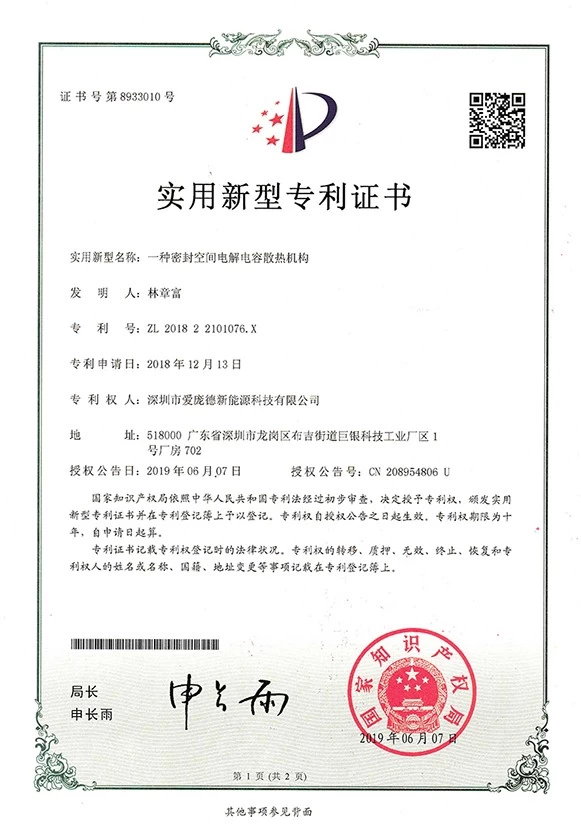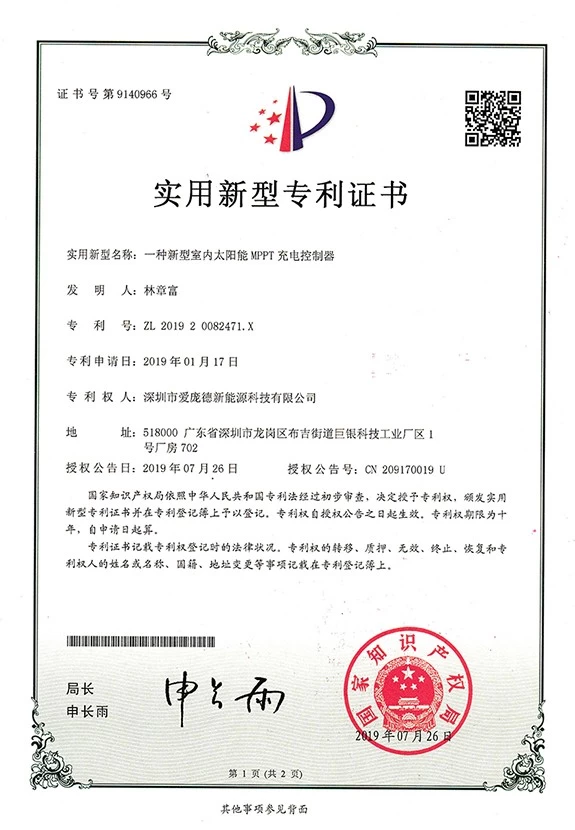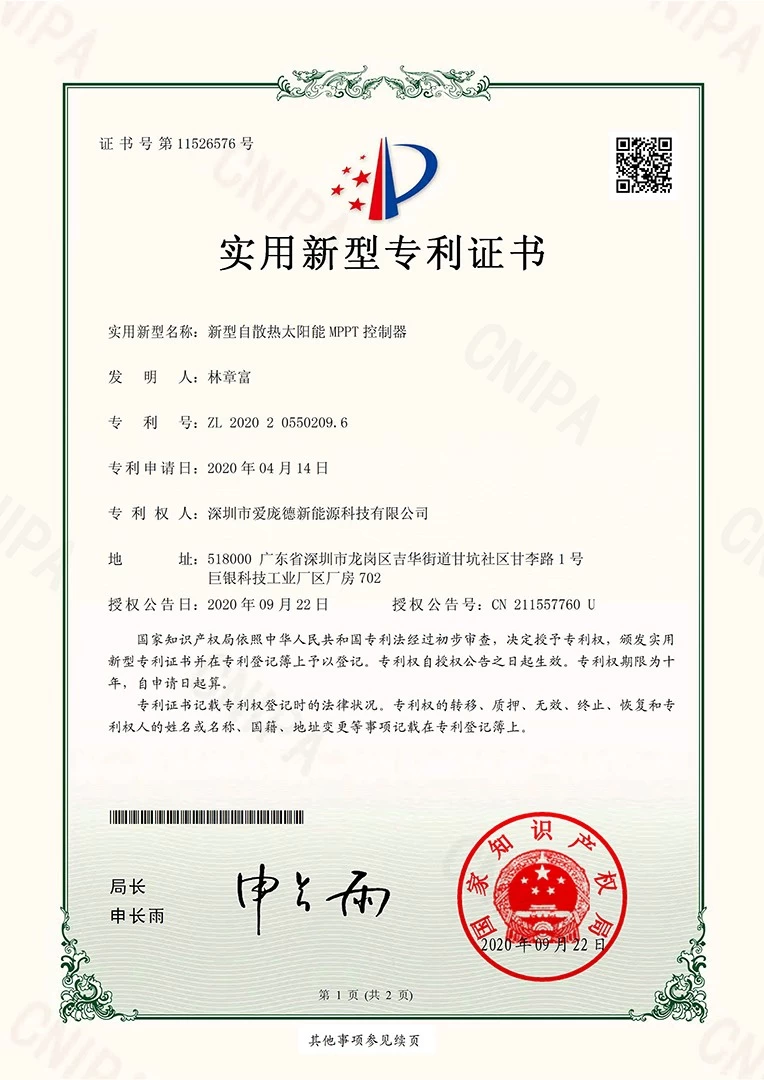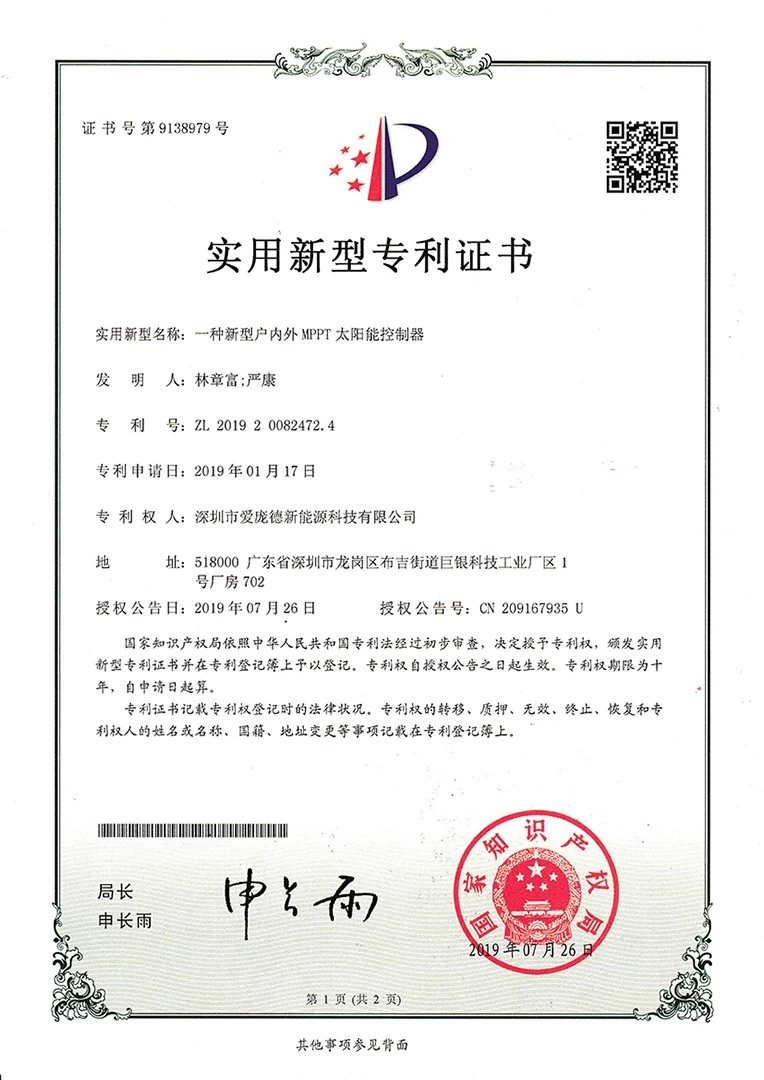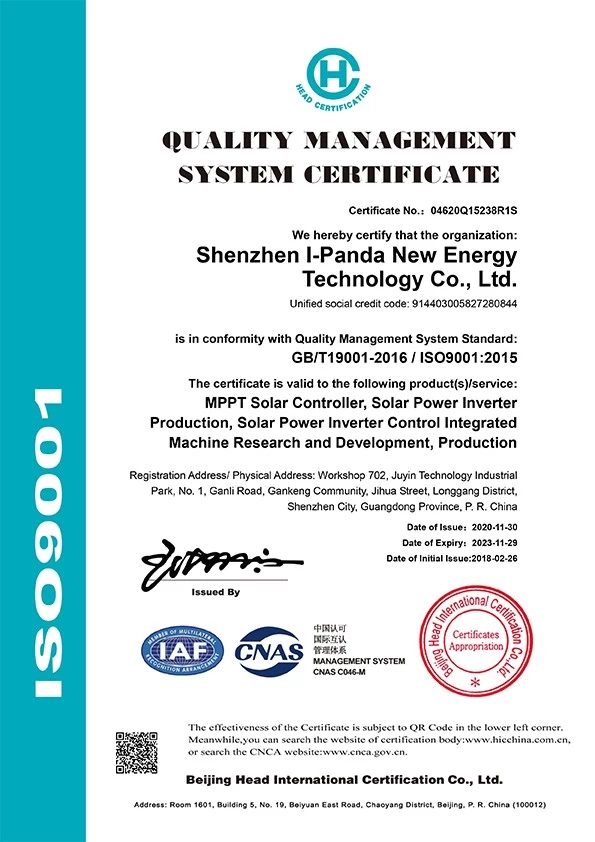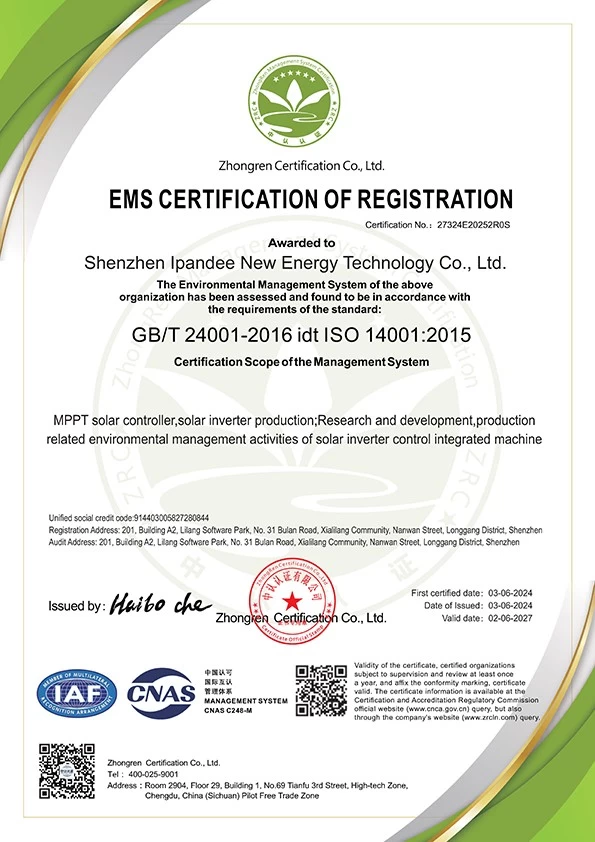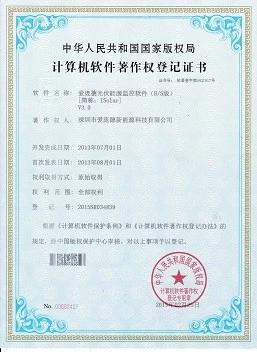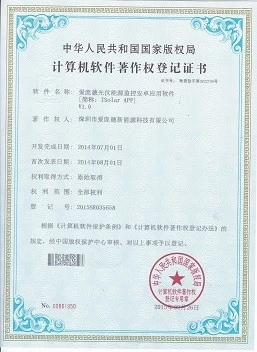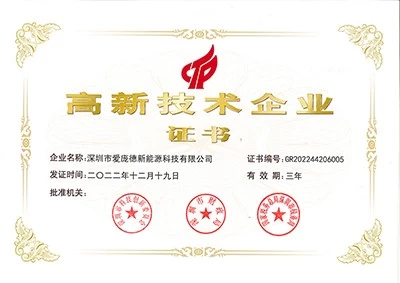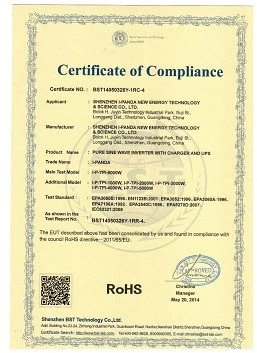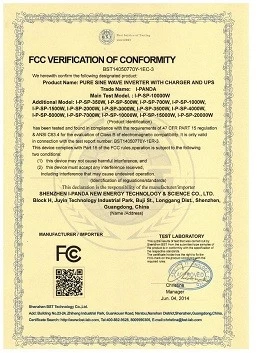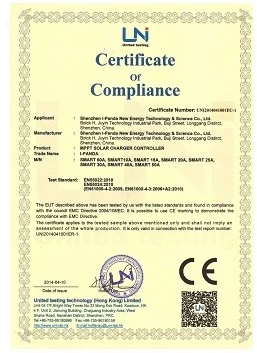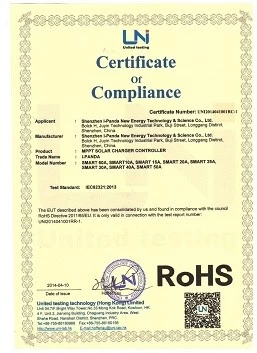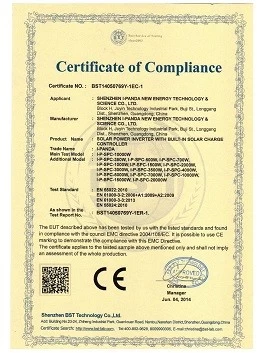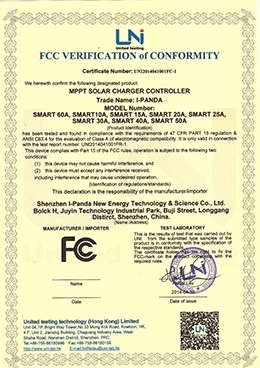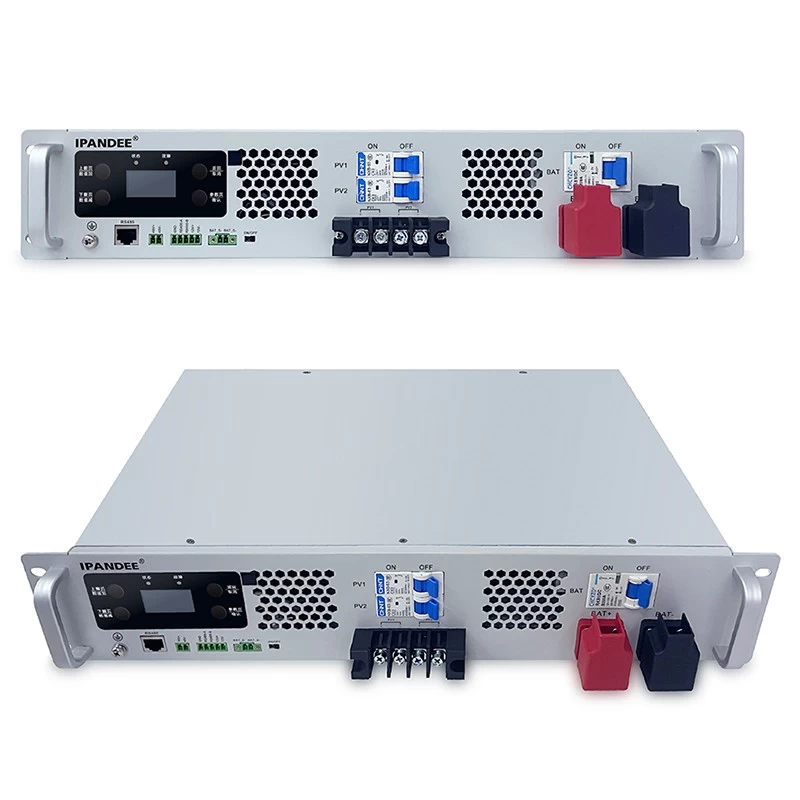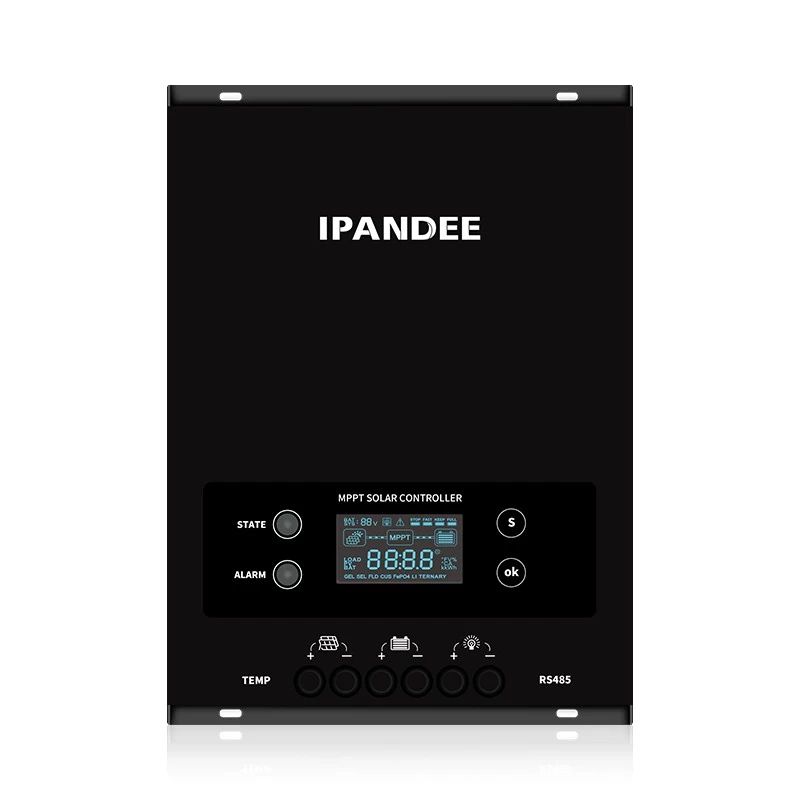2019 Photovoltaic Policy through Ultra Low Emissions Survey
As we all know, for a long time, China's power supply structure is dominated by coal-fired power, which is not only an objective reality caused by the natural endowment of power, but also an urgent need for rapid economic and social development. Practice has proved that coal power plays an indispensable role as an important driving force for our economic and social development and an important pillar of national power security. However, with the continuous advancement of the power revolution and the gradual deepening of the blue sky defense war, the concept of green development has been deeply rooted in the hearts of the people. Coal and electricity were the first to bear the brunt, and once became the target of public criticism, it was labeled as a "pollution big". Although many people are unclear, people are clouded, but after all, coal-fired power is a “large emitter”. The so-called large amount of space means that there is still a margin for further reduction. In fact, power cleaning is not going to coalification.
After a strong collision and careful screening, this concept has already formed a broad consensus in China's power industry. Different from Germany and Japan, due to China's national conditions, coal power will still be one of the main power sources for a long time, but the proportion will gradually decline. Therefore, ultra-low emissions have become a single-choice question that must be checked for the cleanup of coal-fired power plants, and the "point value" is getting higher and higher. As long as the emission targets are getting better and better, coal-fired power plants can have a place in the future power market. As far as the overall efficiency of coal-fired units is concerned, ultra-low emissions are a “double-edged sword”. Power cleanliness must love coal-fired units with excellent emission targets, and the market for electricity is naturally selected for coal-fired units with low cost and high efficiency. To balance the two links, we must rely on the support of the policy level, but also rely on network source collaboration and skill promotion mechanism, and we must coordinate the overall planning and optimization of the coal-fired power.
If the ultra-low emission method of coal-fired units is a process of changing the cost of power generation from low to high, then the new PV subsidy is a process that promotes the change of power generation from high to low. Last year, the policy of declining photovoltaic electricity prices was introduced, and the photovoltaic industry was stunned in an instant. This year, a series of new PV policies, or plans to be released, will reveal clear and clear signals, which is to actively and steadily promote the development of the photovoltaic industry. This has also made the photovoltaic profession finally suppress the frenzied heartbeat and sigh with relief. child. However, whether it is the photovoltaic power price declining mechanism last year or the subsidy new policy this year, its purpose is only one: let the photovoltaic industry keep fit, get rid of the dependence on subsidies as soon as possible, and finally complete the electricity price and the ordinary power supply.
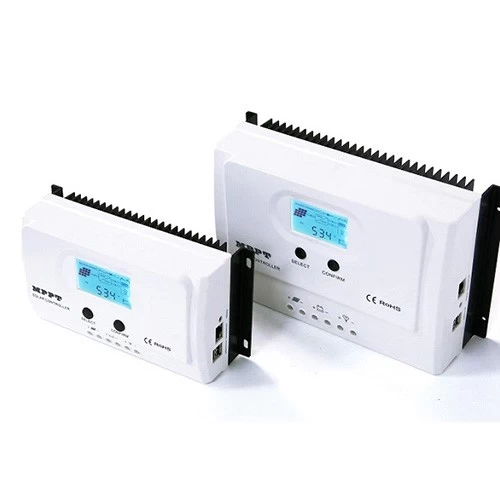
Solar charge controller mppt controller
In fact, the ultra-low emission of coal-fired power units is good, and the new subsidies for photovoltaic subsidies are the staged things in the process of self-evolution and promotion of the two power supply methods, far from curing. However, if they are placed in the contrast of China's dynamic transformation ecology, then an interesting phenomenon will be found: to some extent, the two seem to be interpreting and swapping roles.
The photovoltaic industry is gradually subsidizing, and coal-fired power may get more subsidies due to energy-saving and emission reduction; the cost of photovoltaic power generation is declining, and the cost of coal-fired power generation is rising. The chain reaction is that the electricity price of photovoltaic power generation is declining. The price of coal-fired power generation has risen. In this case, China’s power development format, power development concept, and power supply structure have been quietly changed. The two ultra-low emissions of coal-fired power plants and the new PV subsidy seem to be irrelevant, but at the same time trigger a butterfly-wing effect. When the price of the two is at the same level, it will definitely be a beautiful encounter. Of course, this process is long and long, and it requires not only the protection of the policy, but also the power of the market.
Disclaimer: The content is partly from the internet. In order to pass on more information, it does not mean agreeing to its views or confirming its description. Article content is for reference only. If there is any infringement, please contact in time.





